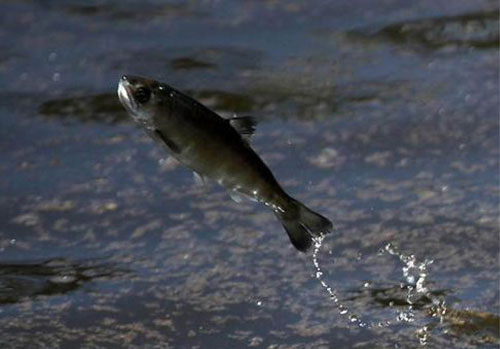A “catastrophic failure” at a university research facil-ity in California killed 21,000 fish this week, some of which were endangered.
The University of California, Davis, reported the loss of about 21,000 fish at its Center for Aquatic Biology and Aquaculture. Chlorine exposure, which the university noted fish are particularly sensitive to, appears to have caused the deaths.
The university is investigating precisely what killed the fish. Staff at the center are caring for the few that survived, UC Davis said in a statement.
“We share the grief of the faculty, staff and stu-dents who worked to care for, study and conserve these animals,” the university said in a statement. “The people who conduct and support the research at this facility are conservationists, ecologists and veterinarians whose life work is devoted to under-standing and supporting these species. We recognize that this loss is particularly devastating to our com-munity.”
Staff at the center, which does conservation and environmental research on fish in California, dis-covered the loss on Tuesday morning, said Andy Fell, a university spokesperson.
“It’s very distressing for all the staff,” Fell said, adding that staff had raised some of the fish on site from the time they were eggs.
The deceased fish included green and white sturgeon, chinook salmon, tilapia and koi. On the west coast, two Chinook salmon populations are endangered, and seven are considered threatened, according to the National Oceanic and Atmospheric Administration.
The university is investigating what caused the deaths, Fell said, and plans to launch an independent review. It will also evaluate potential risks at other university facilities.
“We know that many researchers, regulatory agencies, Native American tribes and other partners trust us to care for their aquatic species. We will work hard to earn that trust by conducting a thorough review of our facilities, holding ourselves account-able for what happened, and taking steps to prevent it from happening ever again,” the statement reads.—AP










